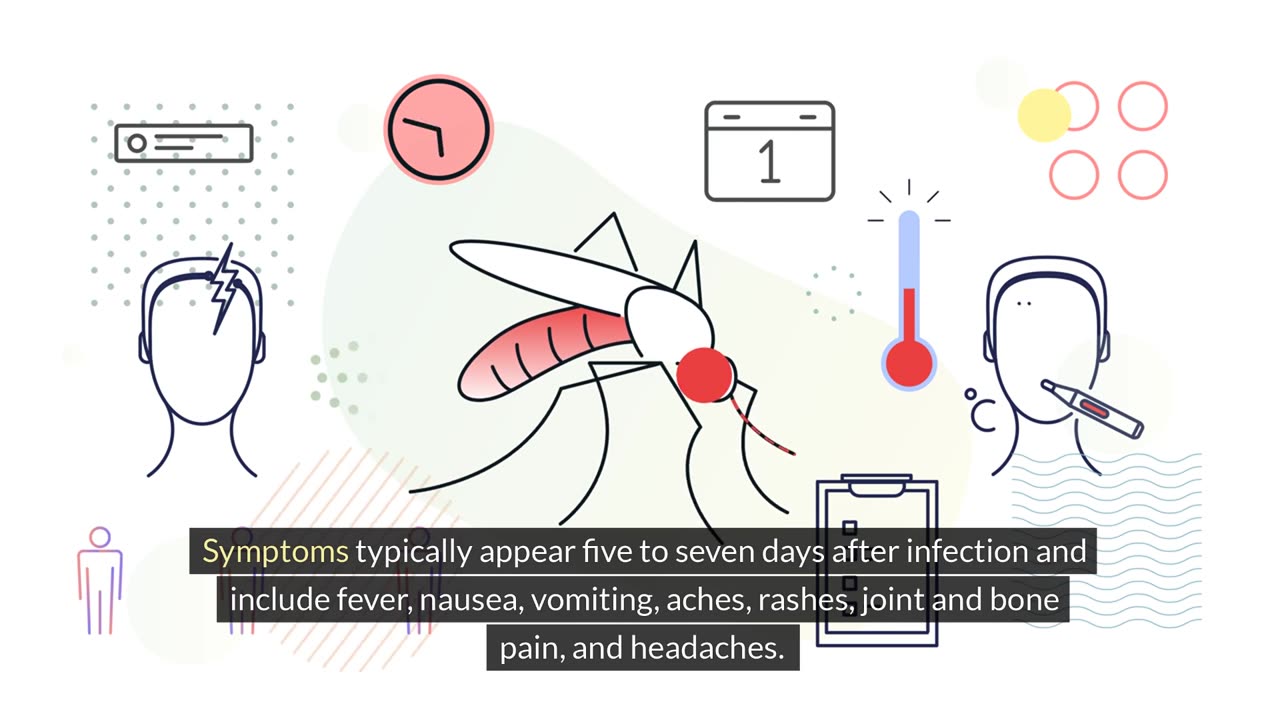Premium Only Content

Dengue Fever Surge: Tracking the Spread of a Mosquito-Driven Disease
#
The Rising Threat of Dengue Fever
As the world grapples with the surge of mosquito-borne diseases, dengue fever has emerged as a pressing concern. Federal health officials in the United States have issued warnings to doctors nationwide to be vigilant for signs of dengue fever, a virus that is spreading rapidly across the globe. In the U.S., dengue cases have tripled compared to the same time last year, highlighting the urgency of the situation.
## Chapter 1: Dengue Fever in the U.S.: A Closer Look
### Travel-Associated Cases and Local Transmission
The majority of dengue cases in the U.S. are linked to travelers returning from regions where the virus is rampant. However, Florida stands out as the only state with evidence of local transmission. Additionally, U.S. territories like Puerto Rico and the Virgin Islands are experiencing local spread. The Centers for Disease Control and Prevention (CDC) reports that 38 states and Washington D.C. have confirmed dengue cases, reflecting the widespread nature of this health threat.
### Mapping the Outbreak
A detailed map from the CDC shows the distribution of dengue cases across the U.S. States with no reported cases are marked in gray, while those with one to four cases are in pale green, five to 49 cases in teal, and 49 to 250 cases in blue. Florida, New York, and Massachusetts are currently the most affected states, with 191, 134, and 50 confirmed cases respectively. Nationwide, at least 2,241 cases have been confirmed, underscoring the growing concern.
## Chapter 2: Global Surge and Climate Change
### A Worldwide Health Crisis
Globally, dengue fever is reaching alarming levels. Last year, over 6.6 million infections were reported in approximately 80 countries. In the first four months of this year alone, 7.9 million cases and 4,000 deaths have been recorded, according to the World Health Organization (WHO). The Americas, particularly Brazil and Peru, are experiencing an intense outbreak, demonstrating the virus's extensive reach.
### The Impact of Climate Change
Experts attribute the rapid spread of dengue to climate change, which is expanding the geographic range of mosquitoes that carry the virus. Warm weather creates ideal breeding conditions for these mosquitoes, allowing them to thrive and spread the disease more effectively. This expansion poses a significant challenge to global health efforts aimed at controlling and preventing dengue fever.
## Chapter 3: Understanding Dengue Fever
### Symptoms and Diagnosis
Dengue fever presents a wide range of symptoms, making it sometimes difficult to diagnose. Approximately 1 in 4 dengue infections are symptomatic. When symptoms do occur, they typically manifest five to seven days after infection. Common symptoms include fever, nausea, vomiting, aches, rashes, joint and bone pain, and headaches. Severe cases can lead to serious complications such as bleeding, shock, and death.
### The Importance of Early Detection
Given the severity of potential complications, early detection is crucial. The CDC has advised doctors to be aware of the symptoms, inquire about patients' recent travel history, and consider ordering dengue tests when appropriate. Prompt diagnosis can help manage symptoms and prevent severe cases from becoming fatal.
## Chapter 4: Prevention and Management
### No Cure, Only Prevention
Currently, there is no widely available medication for treating dengue infections, making prevention the primary strategy for combating the disease. This includes measures such as using mosquito repellent, wearing protective clothing, and eliminating standing water where mosquitoes breed. Public health campaigns play a vital role in educating communities about these preventative steps.
### Role of Vaccination
While there is no cure, vaccination efforts are underway to provide some level of protection against dengue. The Dengvaxia vaccine has been approved for use in some countries, but it is not suitable for everyone and its availability is limited. Continued research and development are essential to create more effective and widely accessible vaccines.
## Chapter 5: The Road Ahead
### Addressing the Global Challenge
Tackling the dengue fever crisis requires a coordinated global effort. International health organizations, governments, and local communities must work together to enhance surveillance, improve prevention strategies, and support research. Addressing the underlying factors, such as climate change, is also critical in mitigating the spread of dengue and other mosquito-borne diseases.
### The Role of Individuals
Individuals play a crucial role in preventing dengue fever. By staying informed, taking preventive measures, and supporting public health initiatives, everyone can contribute to reducing the spread of the virus. Community involvement and cooperation are key components in the fight against dengue fever.
Staying Vigilant and Informed
Dengue fever is a growing threat that demands our attention and action. With cases surging globally and in the U.S., staying informed and vigilant is essential. By understanding the symptoms, taking preventive measures, and supporting global health efforts, we can collectively combat this mosquito-driven disease.
Thank you for reading. If you found this article helpful, please share it with others, subscribe to our blog for more updates, and leave your thoughts in the comments below. Let's work together to spread awareness and prevent the spread of dengue fever.
-
 LIVE
LIVE
The Charlie Kirk Show
1 hour agoTrump the Promise-Keeper + The New White House Press Corps | Gaines, Davis, Leavitt | 2.6.2025
10,680 watching -
 DVR
DVR
Russell Brand
6 hours agoTrump in Gaza - a construction project? – SF533
72K34 -
 59:24
59:24
The Dan Bongino Show
4 hours agoThey Fell Right Into Trump's Trap (Ep. 2417) - 02/06/2025
657K1.05K -
 47:26
47:26
The Rubin Report
3 hours agoBill Gates Makes ‘The View’ Crowd Go Quiet with This Chilling Warning
61K109 -
 LIVE
LIVE
CryptoWendyO
15 minutes agoXRP RUMOR: RIPPLE HAS A SECRET DEAL WITH TRUMP?!
51 watching -
 2:02:40
2:02:40
Steven Crowder
5 hours agoHow USAID Spread Fake News with Your Tax Dollars & Trump Took Down Title IX
378K208 -
 LIVE
LIVE
TheAlecLaceShow
2 hours agoGuests: Alex Marlow, Rep. Cloud & Rep. Gill | No Men In Women’s Sports | The Alec Lace Show
195 watching -
 52:02
52:02
PMG
17 hours agoHannah Faulkner and Pastor Mark Driscoll | WAKE UP CHURCH
5.75K -
 2:07:17
2:07:17
Matt Kohrs
13 hours agoMAX DEGEN TILT!!! (New Highs Incoming!) || The MK Show
60.5K3 -
 55:35
55:35
Grant Stinchfield
2 hours ago $2.59 earnedDemocrats Fight Against Trump is a Losing Battle as the Swamp Drains Itself
28.2K9